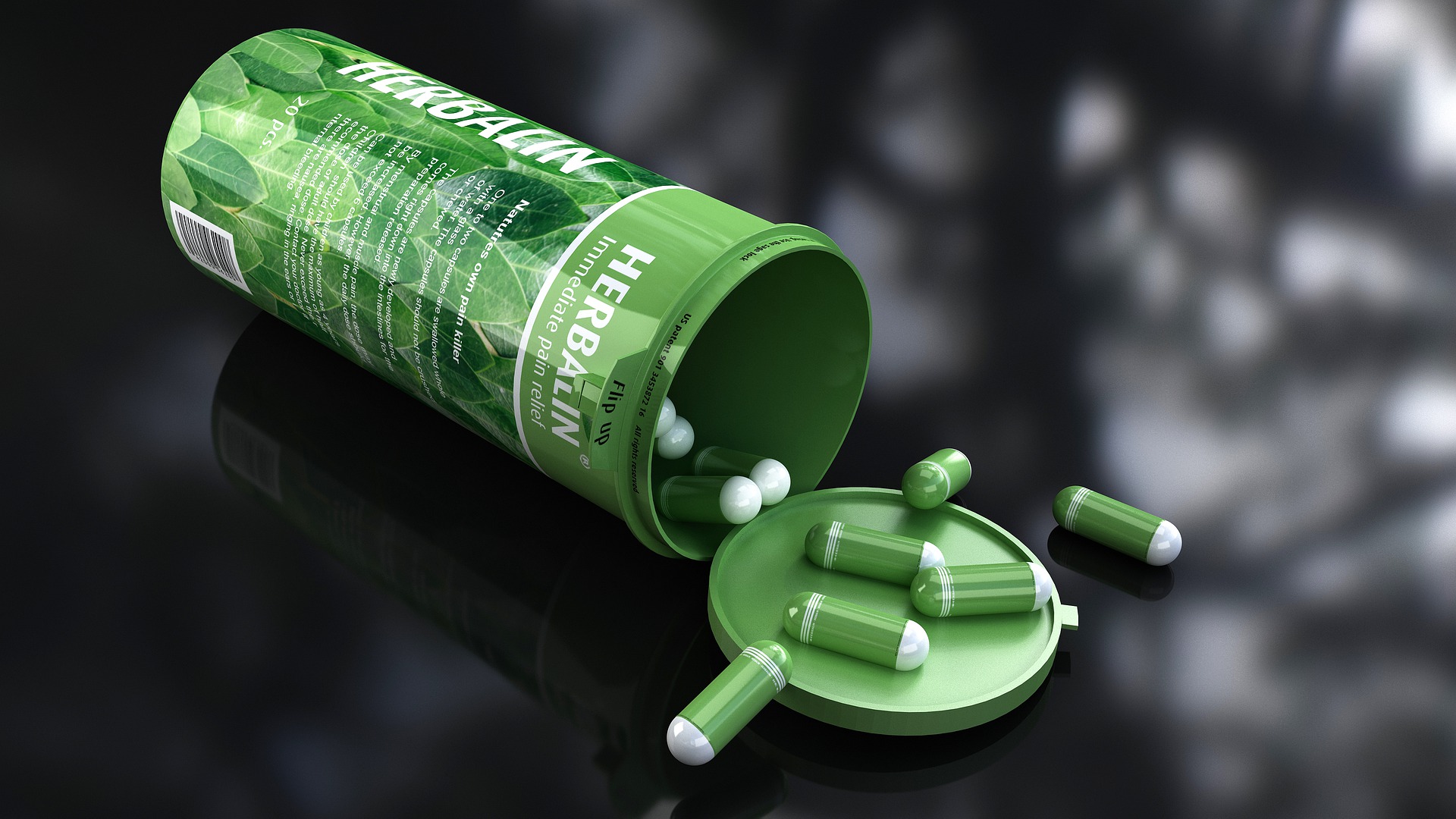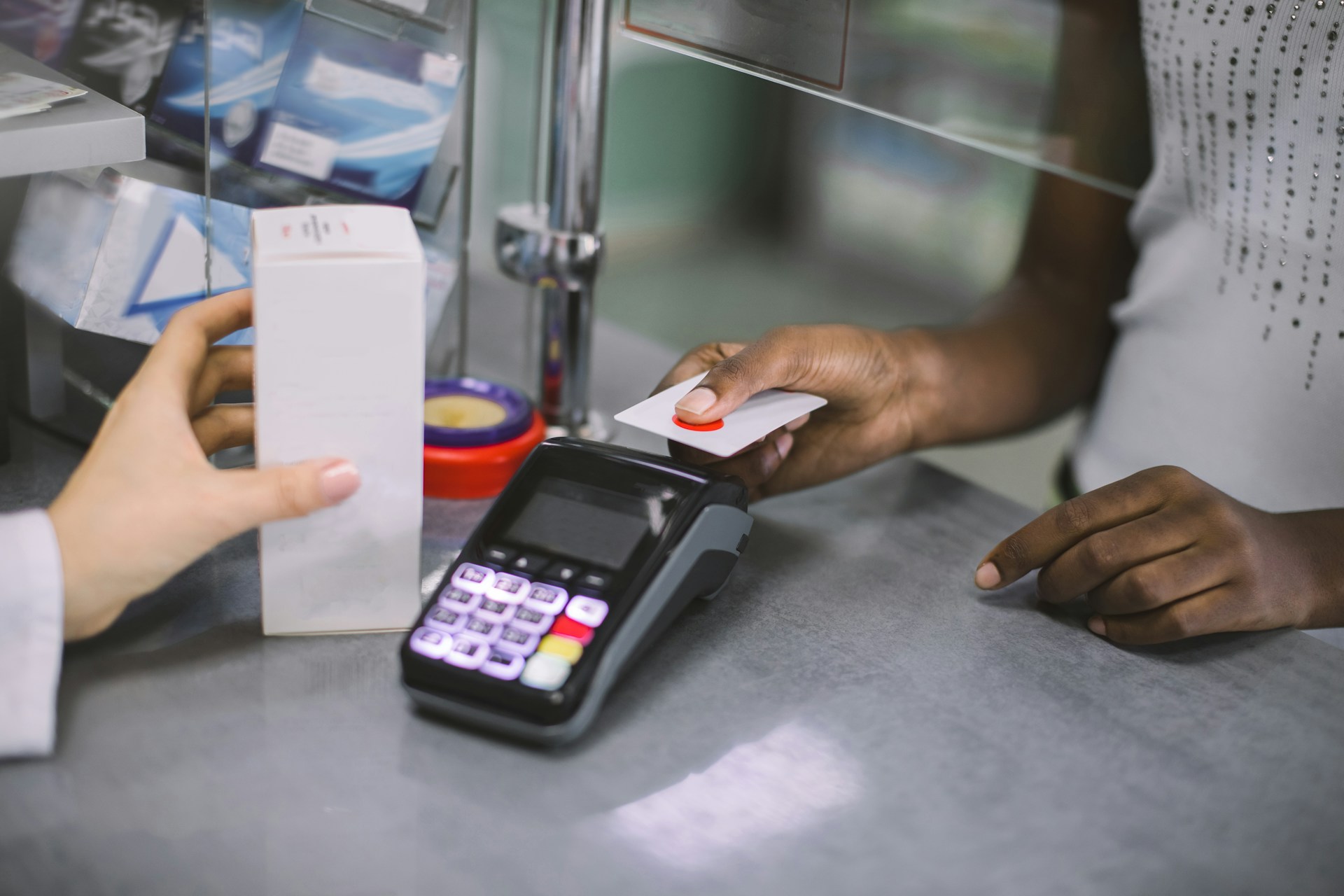Alternative Materials to Incorporate Sustainable Packaging in Your Cannabis Business
As climate change continues to be a looming driver of industrial change, product packaging has come under the microscope as one area for potential improvement. This is no different for products in the cannabis industry. Consumers are demanding that companies produce their items more sustainably, with 42 percent of consumers saying that packaging made from recycled and/or sustainable materials are something they look for in their daily shopping. Over the last seven years, the percentage of consumers who admit they are willing to pay more for this eco-friendly packaging has grown from 47 percent to 59 percent. Another recent survey showed that over 80% felt that it was “important or extremely important” for companies to make eco-friendly products.
For cannabis companies, this means that the search for alternative packaging materials is vital to the success of your business—and, obviously, for the health of the planet. Besides, cannabis comes from the earth, so why shouldn’t your packaging be kind to it and follow its lead? A recent study estimated that the cannabis packaging industry will be worth $5.2 billion by 2026.
There are a variety of options for more sustainable packaging for cannabis products that are both FDA-compliant for consumable products and versatile in terms of design options. Before we discuss some of the options, it’s important to consider some of the qualities that contribute to the sustainability of cannabis packaging. Whichever material you choose should be FDA-approved for food contact (which means it should be BPA-free, among other requirements) and should be either recyclable, reusable for a long period of time (long life cycle), or biodegradable.
To further define what it means to make sustainable packaging, we can look to the criteria established by the Sustainable Packaging Coalition:
- Is beneficial, safe & healthy for individuals and communities throughout its life cycle
- Meets market criteria for performance and cost
- Is sourced, manufactured, transported, and recycled using renewable energy
- Optimizes the use of renewable or recycled source materials
- Is manufactured using clean production technologies and best practices
- Is made from materials healthy throughout the life cycle
- Is physically designed to optimize materials and energy
- Is effectively recovered and utilized in biological and/or industrial closed loop cycles
Now that we’ve established the criteria, let’s look at some of the options:
Sugarcane-based Polyethylene Plastic (Bioresin)
If you’re looking for plastic bottles as your container, try using a bioresin like polyethylene plastic, which is produced from ethanol coming from sustainable sources like sugarcane. Sugarcane as the basis for polyethylene is sustainable because it means the container is recyclable (though not biodegradable) and sugarcane is a plant that contributes to the reduction of greenhouse gas emissions. Bioplastics like this are becoming more popular for sustainable packaging because they replace fossil-fuel-based plastics that are more harmful to the environment.
PET (Recycled Material Resin)
PET stands for polyethylene terephthalate, and this refers to a resin that is entirely sourced from recycled post-consumer materials. PET containers have already been established as not needing further FDA review for food-contact assurance, so this is a safe bet for cannabis products.
Hemp (Bioplastic)
Hemp is derived from the cannabis sativa plant, but has an insignificant amount of THC, leading it to being federally legalized in 2018 as part of the Farm Bill. Polymers made from hemp are biodegradable and strong, while coming from a plant that is renewable and eco-friendly. However, hemp is still heavily regulated, being only recently legalized, so using it in your packaging may take some difficult maneuvering and research.
Metal Cans (N2 Packaging)
A packaging company known as Nitrogen Cannabis Packaging, or N2 Packaging for short, produces recyclable metal cans similar to those containing sardines.mThese are hermetically sealed and keep products fresh. They also can be reused after first use. Because these are recyclable metals, they are more sustainable and a potential option for your cannabis products. However, because these are typically made from aluminum, production of this metal does emit greenhouse gases affecting climate change.
Recycled Resin from Milk Jugs (Higher Standard Packaging)
A cannabis packaging company called Higher Standard Packaging produces a resin container made from recycled milk jugs they call R2 Container. This material is FDA-compliant, uses 90 percent less energy during production, and emits 78 percent less greenhouse gases than other plastic resins.
These are just a few of the options out there for packaging your cannabis products more sustainably. Remember to be stringent in your review of the legal regulations and science on what makes packaging materials both safe and sustainable. Your consumers and the planet will be grateful for your efforts, and it will likely give a boost to your bottom line at the end of the day.
Need help creating an appealing package design? For that and more of your cannabis brand’s marketing needs, ask Herban Creative’s experienced team for help with web design, branding, and integrated digital marketing services. Contact us today to get started.



